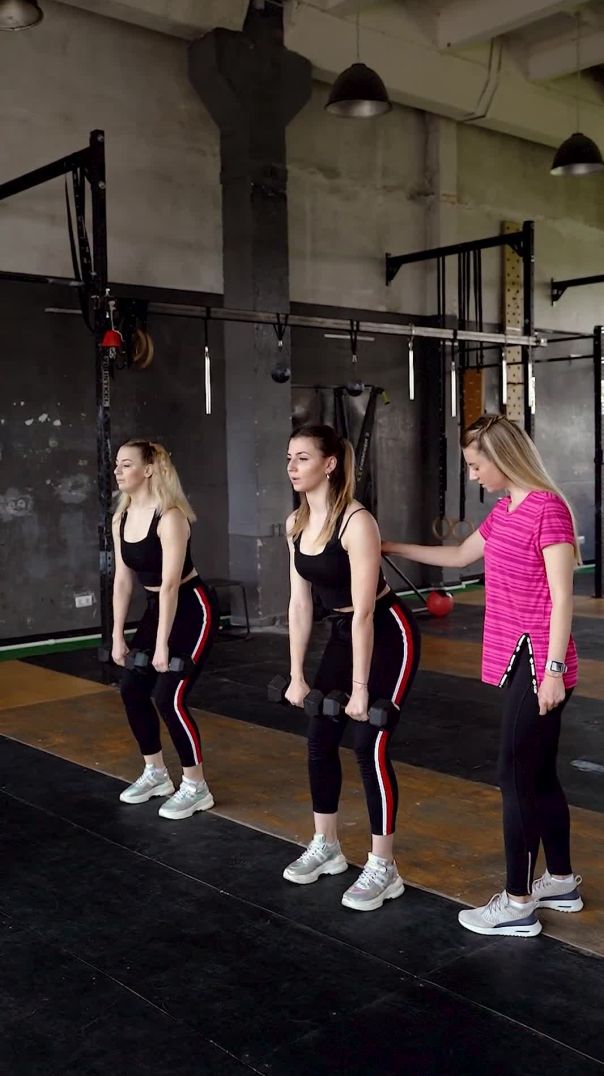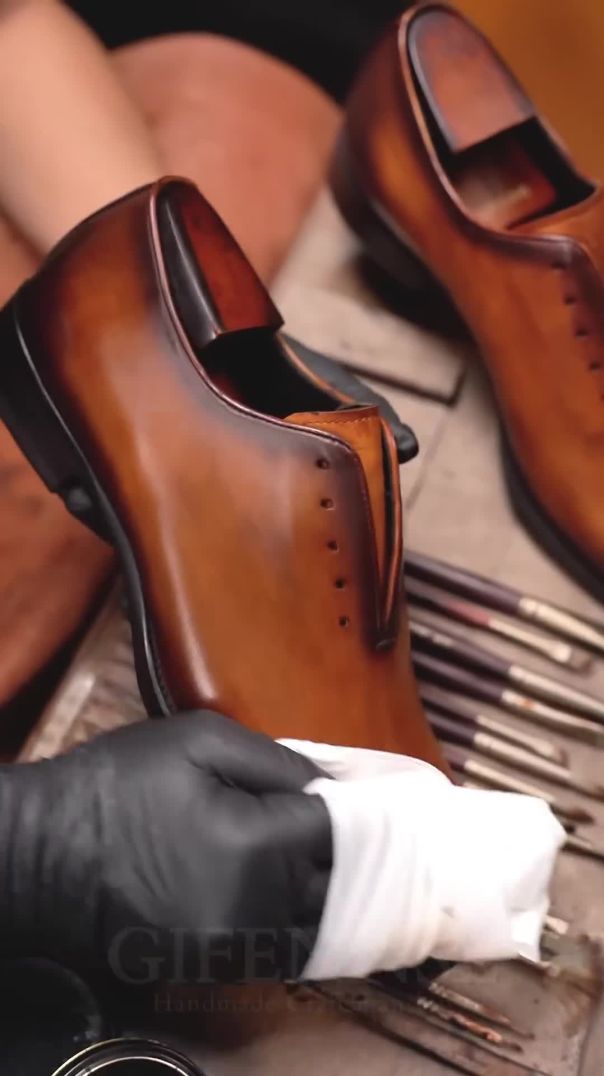Art theft, a clandestine crime often reserved for Hollywood thrillers, is a sobering reality impacting Australia's cultural landscape. Beneath the surface of vibrant art markets and bustling galleries lies a hidden world of illicit trade, where priceless works vanish into the shadows. The secretive nature of art theft challenges urban planners and policymakers to protect cultural assets while fostering an environment where art can thrive. This article delves into the complexities of art theft in Australia, exploring its economic impacts, regulatory frameworks, and future implications.
Understanding the Scope of Art Theft in Australia
Art theft in Australia is a growing concern, with the Australian Institute of Criminology (AIC) estimating the annual value of stolen art and cultural artefacts at millions of dollars. This illicit trade not only deprives the nation of its cultural heritage but also impacts the economy by disrupting the legitimate art market. The Australian Bureau of Statistics (ABS) reported that the arts and recreation services industry contributed $13.8 billion to the Australian economy in 2022, highlighting the sector's significance.
The Art Market's Vulnerability
Australia's art market is ripe for exploitation due to several factors: the high value of art pieces, the relatively low security in galleries and private collections, and the complexity of tracking stolen art across international borders. The art market's opacity, characterized by private transactions and limited regulatory oversight, further complicates efforts to combat art theft.
Regulatory Frameworks and Challenges
Despite the existence of laws aimed at protecting cultural property, such as the Protection of Movable Cultural Heritage Act 1986, enforcement remains a challenge. The Australian Competition & Consumer Commission (ACCC) ensures fair trading practices, but the art market's unique nature often falls outside traditional regulatory scopes. Moreover, the lack of a centralized database for stolen art hampers recovery efforts, leaving stolen pieces untraceable for years.
Case Study: The Theft of Brett Whiteley's Painting
In 2007, Brett Whiteley's iconic painting, "Lavender Bay," was stolen from a private collection in Sydney. Valued at over $5 million, the theft highlighted vulnerabilities in art security and the challenges of recovering stolen works. Law enforcement agencies collaborated with international partners, ultimately leading to the painting's recovery in 2014. This case underscores the importance of robust security measures and international cooperation in combating art theft.
The recovery of "Lavender Bay" was a significant victory but also a reminder of the ongoing risks. It emphasized the need for urban planners and policymakers to integrate advanced security technologies and foster cross-border collaborations to protect Australia's cultural assets.
Economic and Cultural Impacts
Art theft extends beyond financial loss; it disrupts cultural narratives and diminishes public access to art. The Reserve Bank of Australia (RBA) notes that cultural tourism, fueled by art and cultural events, significantly contributes to local economies. When art is stolen, it not only affects the market but also the tourism industry, leading to lost revenue and diminished cultural enrichment for communities.
Impact on Local Communities
The theft of art from regional galleries and indigenous communities poses a unique threat to cultural identity and heritage. Indigenous art, particularly vulnerable due to its high demand and cultural significance, often finds its way into black markets. This not only results in economic loss for indigenous artists but also erodes cultural heritage.
Future Trends and Solutions
To combat art theft effectively, Australia must embrace technological innovations and international partnerships. Emerging technologies such as blockchain offer promising solutions for tracking and authenticating artworks. By creating immutable records of provenance, blockchain can deter theft and facilitate recovery efforts.
International Cooperation
Strengthening international cooperation is crucial to combating art theft. The UNESCO Convention on the Means of Prohibiting and Preventing the Illicit Import, Export, and Transfer of Ownership of Cultural Property provides a framework for international collaboration. Australia's commitment to this convention can enhance cross-border efforts to recover stolen art.
Policy Recommendations
Urban planners and policymakers can play a pivotal role in safeguarding cultural assets by implementing stricter regulations and fostering public awareness. Encouraging public institutions and private collectors to adopt advanced security measures, such as RFID tagging and AI surveillance, can significantly reduce the risk of theft.
Common Myths and Mistakes
- Myth: Art theft only affects wealthy collectors.Reality: Art theft impacts public galleries and local communities, depriving everyone of cultural enrichment.
- Myth: Stolen art is always recovered.Reality: Many stolen artworks remain missing for decades, with recovery rates being alarmingly low.
- Myth: Art theft is a victimless crime.Reality: It causes significant economic and cultural harm, affecting artists, collectors, and the public.
Conclusion
Art theft in Australia presents a complex challenge requiring collaborative efforts from urban planners, policymakers, and the art community. By embracing technological innovations, strengthening regulatory frameworks, and enhancing international cooperation, Australia can better protect its cultural heritage. The future of art protection lies in proactive measures and a collective commitment to safeguarding our cultural treasures for generations to come.
Final Takeaways
- Art theft poses significant economic and cultural threats to Australia.
- Technological advancements like blockchain can enhance art security and recovery.
- International cooperation is crucial for combating cross-border art theft.
- Policymakers must prioritize cultural protection in urban planning strategies.
What's Next?
Urban planners and policymakers should evaluate current security measures and consider integrating advanced technologies to protect cultural assets. Engaging with international partners and local communities will foster a more secure art environment. Share your thoughts on how urban planning can contribute to combating art theft in Australia!
Related Search Queries
- Art theft cases in Australia
- How to protect art collections from theft
- Impact of art theft on the economy
- Blockchain in art security
- International art theft recovery efforts






























